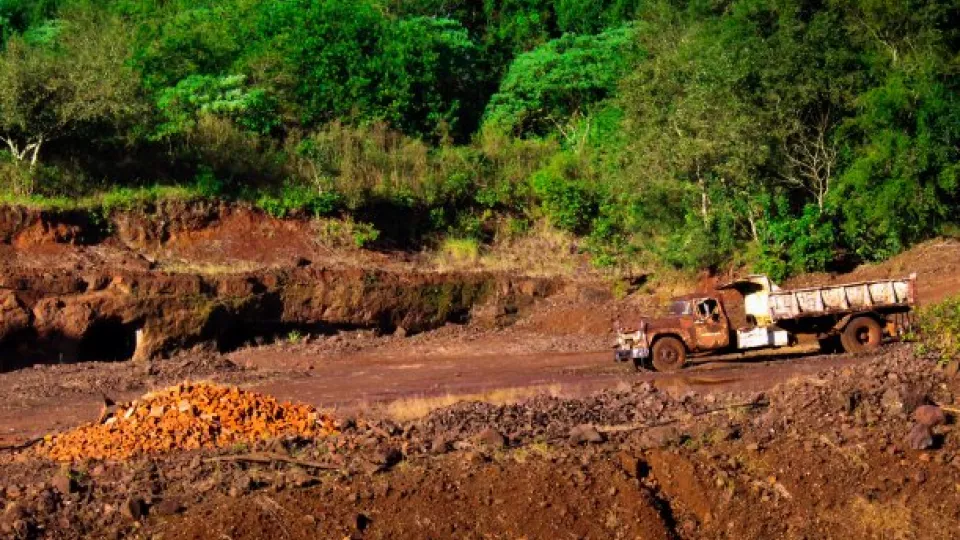Vegetation fills a very important function in the carbon cycle, by absorbing 30 percent of human carbon dioxide emissions and therefore mitigating the effects of climate change. But due to deforestation, the amount of carbon dioxide in the atmosphere is increasing. A new study, published in the scientific journal Nature Ecology & Evolution, shows that the intensifying land use in the world's tropical areas is causing forests in, for example, the Amazon and Southeast Asia, to contribute much less to carbon dioxide uptake than was previously known.
"Climate change is affecting us all, and with this study we have increased our understanding of the impact of land use on the global carbon cycle”, says Torbern Tagesson, physical geography researcher at Lund University who led the study.
By combining a new satellite-based dataset with dynamic vegetation models, the researchers have obtained detailed information on how much carbon dioxide is absorbed by different ecosystems around the world. The study, which covers the period between 1992 and 2015, focuses on tropical and boreal forests (coniferous forests in the northern hemisphere).
“As we have verified our estimates with other satellite data, we can now say with certainty that boreal forests contribute more to carbon dioxide uptake and tropical forests contribute less. Previous studies have not shown the same decline for tropical forests”, says Torbern Tagesson.
The results provide a deeper insight into the impact of land use on the global carbon cycle, but also an increased understanding of the processes that affect carbon dioxide uptake from vegetation.
“This knowledge is essential for us to be able to predict the effects of present and future climate change and therefore also highly relevant for climate change policy”, concludes Torbern Tagesson.
In addition to Lund University, the following educational institutions and organizations have participated in the study: University of Copenhagen, Laboratory of Sciences and Climat et de l'Environnement IPSL, University of Bordeaux, Nanjing University of Information Science and Technology.
Funding: the Swedish Space Agency, the Danish Free Research Fund, the Belgian Science Policy Office, Marie Skłodowska-Curie postdoc grant. AXA Research Fund, European Space Agency (ESA), CNES, Center National d'Etudes Spatiales.
Publication: Recent divergence in the contributions of tropical and boreal forests to the terrestrial carbon sink
Contact:
Torbern Tagesson
torbern [dot] tagesson [at] nateko [dot] lu [dot] se (torbern[dot]tagesson[at]nateko[dot]lu[dot]se)
+46 70 499 39 36
Increasing tropical land use is disrupting the carbon cycle

An international study led by researchers at Lund University in Sweden shows that the rapid increase in land use in the world's tropical areas is affecting the global carbon cycle more than was previously known. By studying data from a new satellite imaging system, the researchers also found that the biomass in tropical forests is decreasing.

